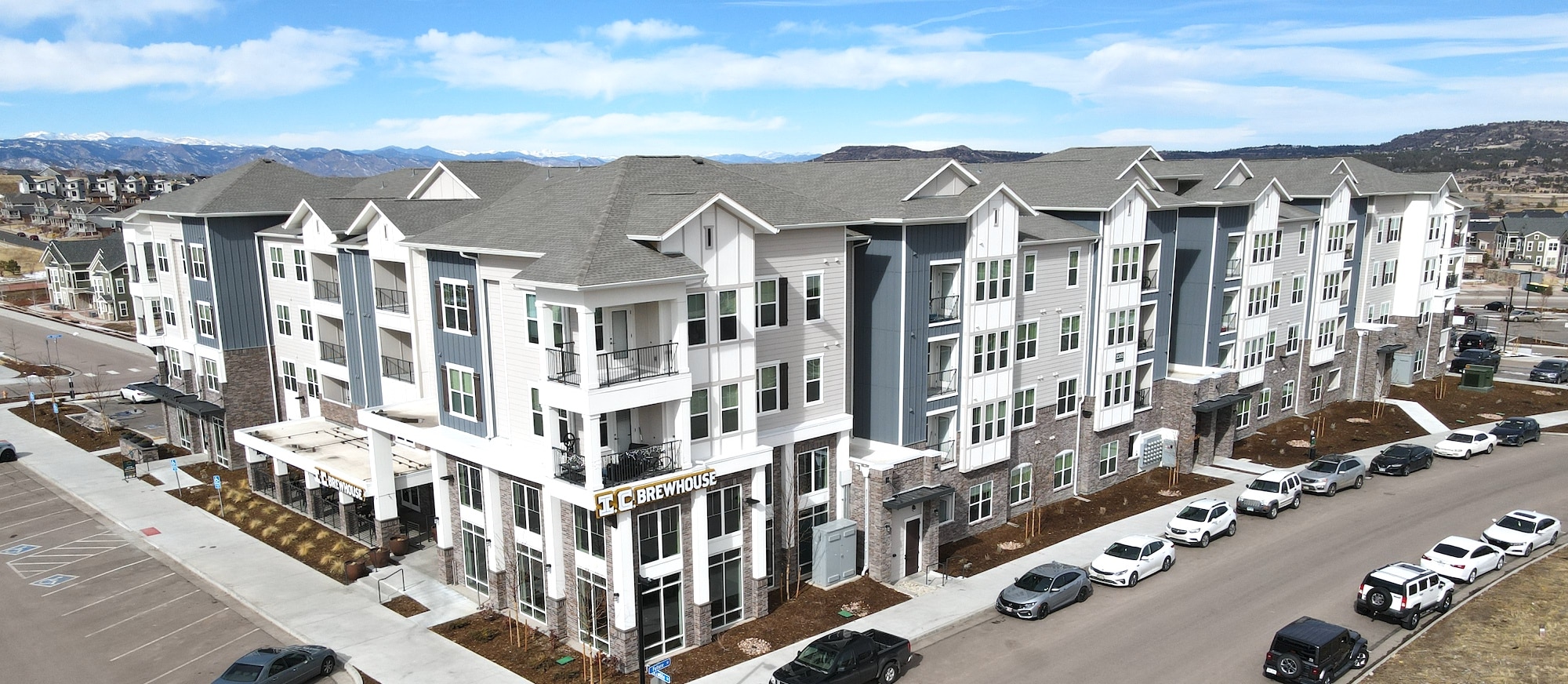roof types
Are you in need of a roof replacement? You’ve likely spent some time researching and have come away with some questions. After all, there’s a lot of roofing information out there. If you’ve found yourself asking:
What is a gable roof? A mansard roof? A hip roof???!
What types of roof materials will work best for my home?
What kind of roof do I have, anyway?
…you’ve DEFINITELY come to the right place. Today, we’ll be helping you understand all the little differences between the many different roof types available on the market. When you’re considering a new roof, we’ll help you understand the pros and cons that go with it!

Table of Contents
Understanding Roof Types: Flat vs. Sloped
When it comes to roofs, there’s more than meets the eye. Roofs come in various types, each with its own unique characteristics, serving different purposes and adding distinct aesthetics to your home. In this section, we will delve into the world of common roof types, discussing the differences between sloped and flat roofs, as well as exploring some specialized roof designs such as Dutch gable roofs, mansard roofs, hip roofs, and dormer roofs.
Sloped Roof
Sloped roofs, also known as pitched roofs, are the more traditional and commonly seen roof type. They are characterized by their steep incline and can take on various shapes, such as gable, hip, mansard, or shed. Here are some of the key considerations for sloped roofs:
- Effective Water Drainage: Sloped roofs are excellent at shedding water, snow, and debris. Their angle ensures that moisture runs off quickly, reducing the risk of leaks and water damage.
- Aesthetic Versatility: Sloped roofs offer numerous design possibilities. Different roof shapes can complement the architectural style of your home, adding character and curb appeal.
- Attic Space: The slope of these roofs often creates attic space, which can be used for storage or even converted into living space. This extra room can add significant value to your home.
- Ventilation: Proper ventilation is easier to achieve with sloped roofs, which helps regulate indoor temperature and prolongs the life of your roofing materials.
Flat Roofs
Flat roofs have gained popularity in contemporary architecture and can be a practical choice for certain applications. Here are some key points to consider when it comes to flat roofs:
- Modern Aesthetics: Flat roofs provide a sleek and minimalist appearance that can be visually appealing, especially for modern and minimalist designs.
- Accessibility: Flat roofs are easier to access for maintenance and repairs. They can also serve as usable space for rooftop gardens, solar panels, or outdoor recreation.
- Cost-Effective: Installation and maintenance costs for flat roofs are often lower compared to sloped roofs. However, long-term maintenance costs may vary.
- Drainage Challenges: Proper drainage is crucial for flat roofs, as they are more prone to water pooling. Adequate slope and efficient drainage systems are essential to prevent leaks and water damage.
Specialized Roof Designs

Apart from sloped and flat roofs, several specialized roof designs add unique character and functionality to homes:
- Dutch Gable Roof: Combining elements of both gable and hip roofs, Dutch gable roofs feature a gable-like shape with a small hip at the top. This design offers extra space and visual interest.
- Mansard Roof: Mansard roofs, often seen in French architecture, have a distinct double-pitched design with a steep lower slope and a flatter upper slope. They provide extra living space under the roof, making them popular for historic homes and townhouses.
- Hip Roof: Hip roofs slope down on all sides, creating a pyramid-like shape. They are stable and resistant to strong winds, making them a practical choice for areas prone to severe weather.
- Dormer Roof: Dormer roofs are small, vertical windows that project from a sloped roof. They not only add architectural charm but also create additional space and natural light in attics or upper floors.
Each of these specialized roof types has its own set of advantages and can contribute to the overall appeal and functionality of your home. When selecting a roof type, consider your home’s architectural style, climate, and your specific needs to make the best choice for your property.
4 Roofing Materials and Their Pros and Cons
Once you’ve determined whether you want a sloped or flat roof, the next step is choosing the right roofing material. Each material has its unique characteristics, durability, and aesthetic appeal. Let’s explore some common roofing materials and their pros and cons:
1. Asphalt Shingles
Asphalt shingles are the most popular roofing material in North America due to their affordability and versatility.
- Pros:
- Cost-effective.
- Wide range of styles and colors.
- Easy to install and repair.
- Decent lifespan (15-30 years).
- Cons:
- Vulnerable to extreme weather conditions.
- May require frequent maintenance.
- Not the most environmentally friendly option.
2. Metal Roofing
Metal roofing, including materials like steel, aluminum, and copper, has become increasingly popular for its durability and modern aesthetics.

- Pros:
- Exceptional durability (50+ years).
- Excellent resistance to fire, pests, and rot.
- Energy-efficient and recyclable.
- Low maintenance.
- Cons:
- Higher upfront cost.
- Can be noisy during heavy rain or hail.
- May require professional installation.
3. Wood Shingles or Shakes
Wood shingles and shakes are known for their natural beauty and classic charm.
- Pros:
- Attractive, rustic appearance.
- Good insulation properties.
- Longevity (up to 30-50 years with proper maintenance).
- Environmentally friendly if sustainably sourced.
- Cons:
- Vulnerable to rot, pests, and fire (unless treated).
- Higher maintenance requirements.
- May not be allowed in certain fire-prone areas.
4. Slate Roofing
Slate roofing offers a timeless and elegant look that can last for generations.
- Pros:
- Exceptional longevity (100+ years).
- Impervious to fire, rot, and pests.
- Unique, natural appearance.
- Low maintenance.
- Cons:
- High upfront cost.
- Heavy, requiring a sturdy roof structure.
- Complex installation and repair processes.
Choosing the Right Roofing Style for Your Home
Now that you’re familiar with the different roof types and materials, it’s time to consider which roofing style is best for your home. Here are some essential factors to help you make an informed decision:
- Architectural Style: Consider your home’s architectural style. Traditional designs often pair well with sloped roofs and classic materials like asphalt shingles or wood. Modern or minimalist homes may benefit from the clean lines of flat roofs with metal or membrane materials.
- Climate: Your local climate plays a crucial role in selecting the right roofing material. In areas with extreme weather conditions, such as heavy rainfall or snowfall, durable materials like metal or slate may be preferred. In warmer climates, reflective roofing materials can help with energy efficiency.
- Budget: Determine your budget for both initial installation and long-term maintenance. While some roofing materials are more cost-effective upfront, others offer better long-term value due to their durability and low maintenance requirements.
- Maintenance: Choose a roofing material that aligns with your willingness and ability to perform maintenance tasks. Some materials, like wood or flat roof membranes, require more attention over time.
- Local Regulations: Check local building codes and regulations. Some materials may not be suitable for certain regions due to fire safety or other concerns.
- Energy Efficiency: Consider the energy efficiency of your chosen material. Reflective or cool roofing materials can help reduce energy costs by reflecting heat and UV rays.
With the right knowledge about roof types and materials, you can make an informed decision that enhances your home’s aesthetics, functionality, and value for years to come. If you have questions about roof types or need professional advice, reach out to a trusted roofing contractor in your area.
Get The Right Type of Roof For Your Home
With so many different types of roofs available to you, choosing the type of roofing you want for your home can feel daunting. That’s where we come in. At Tectum Roofing, we’re proud to be the area’s leading roofing contractor. With experience in all types of roofs, we can help you select a style tailored to your personal needs. Contact us today to receive your estimate!



